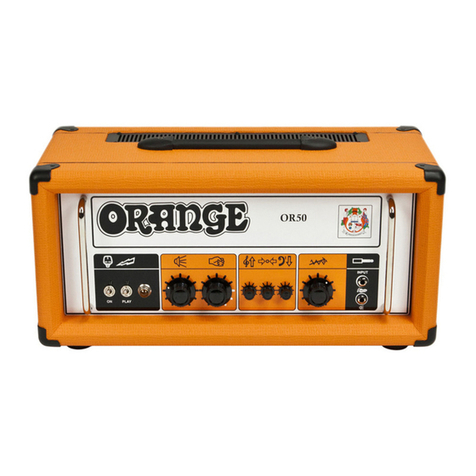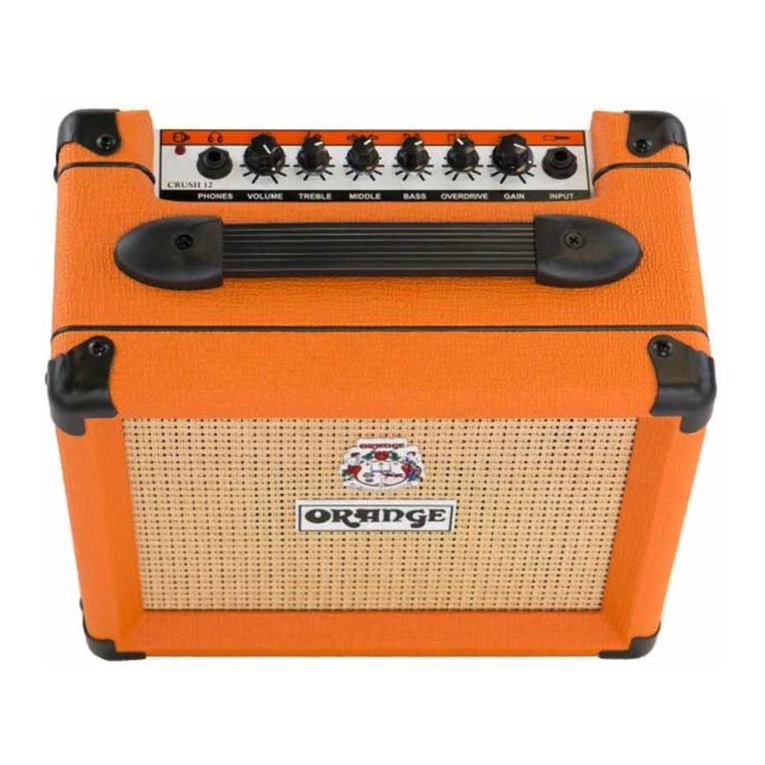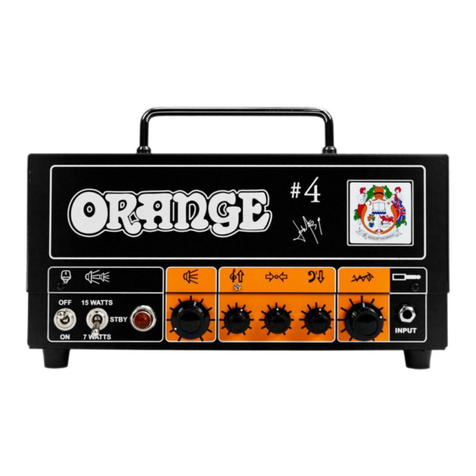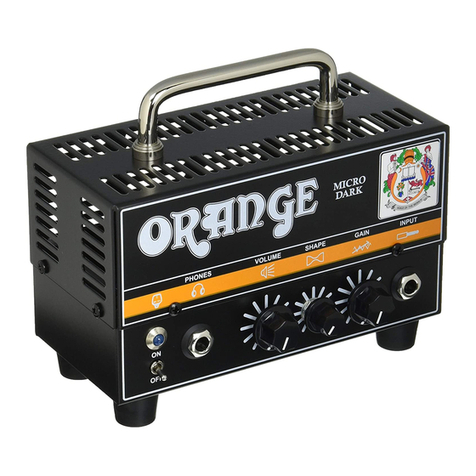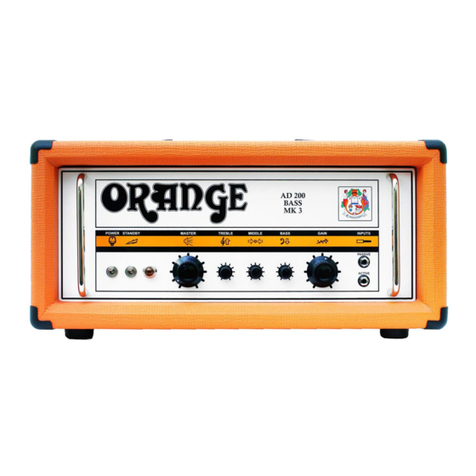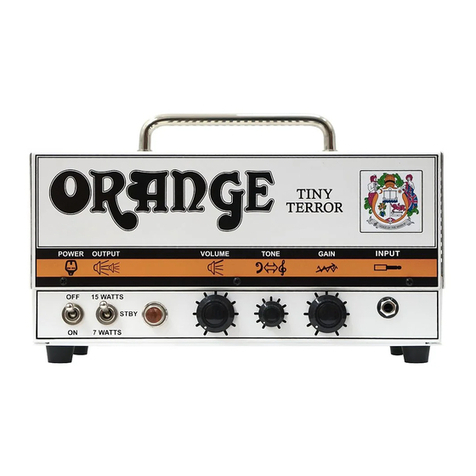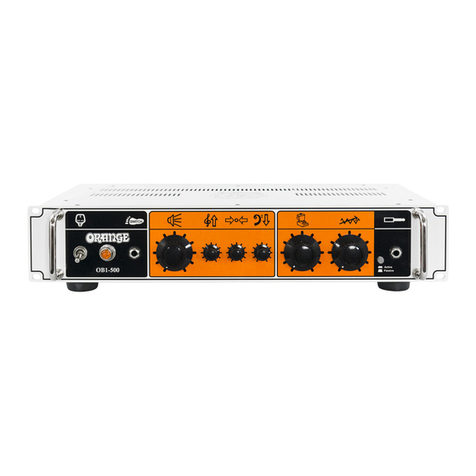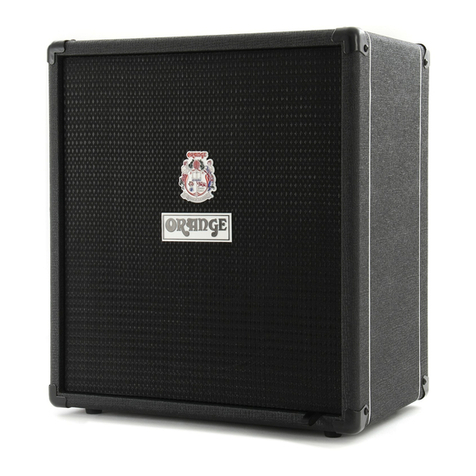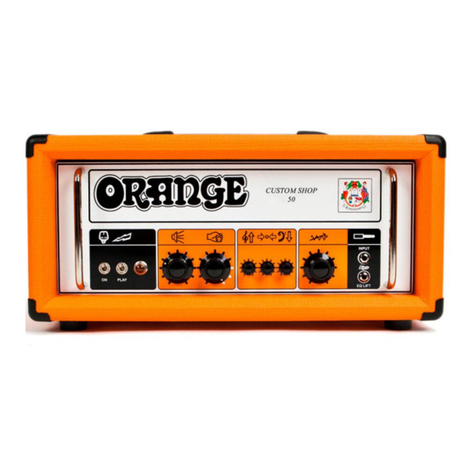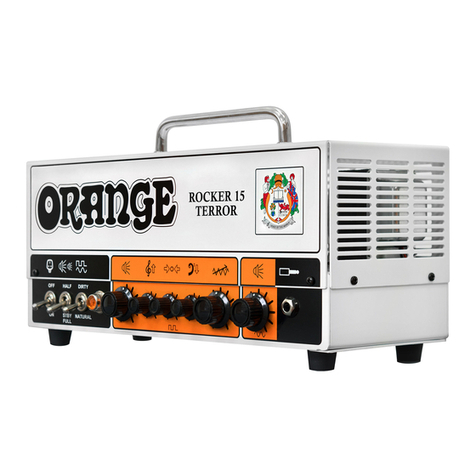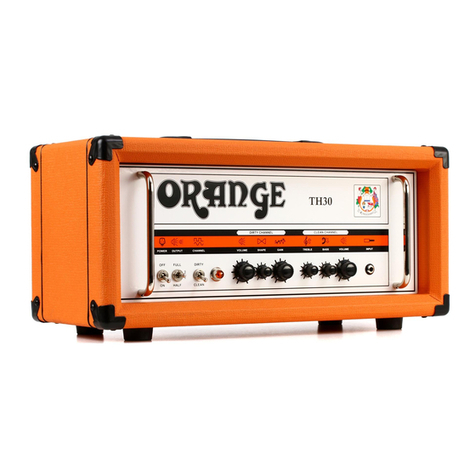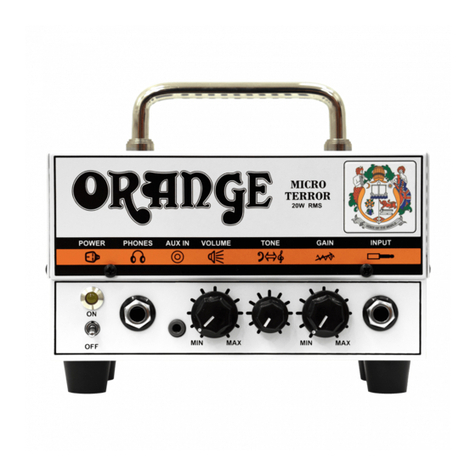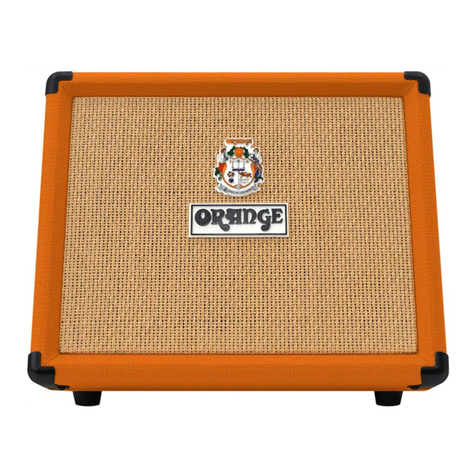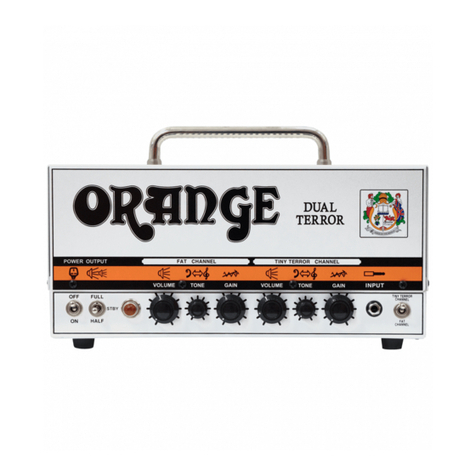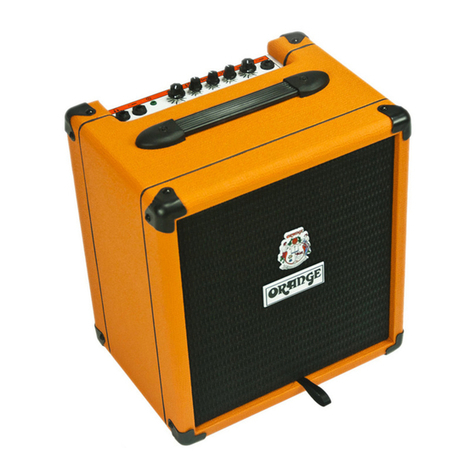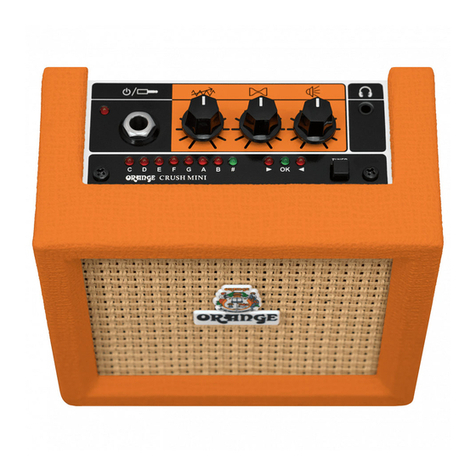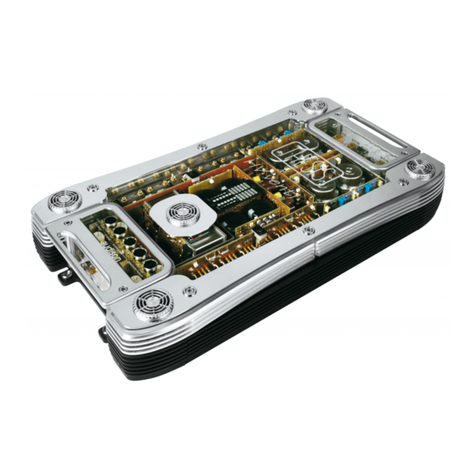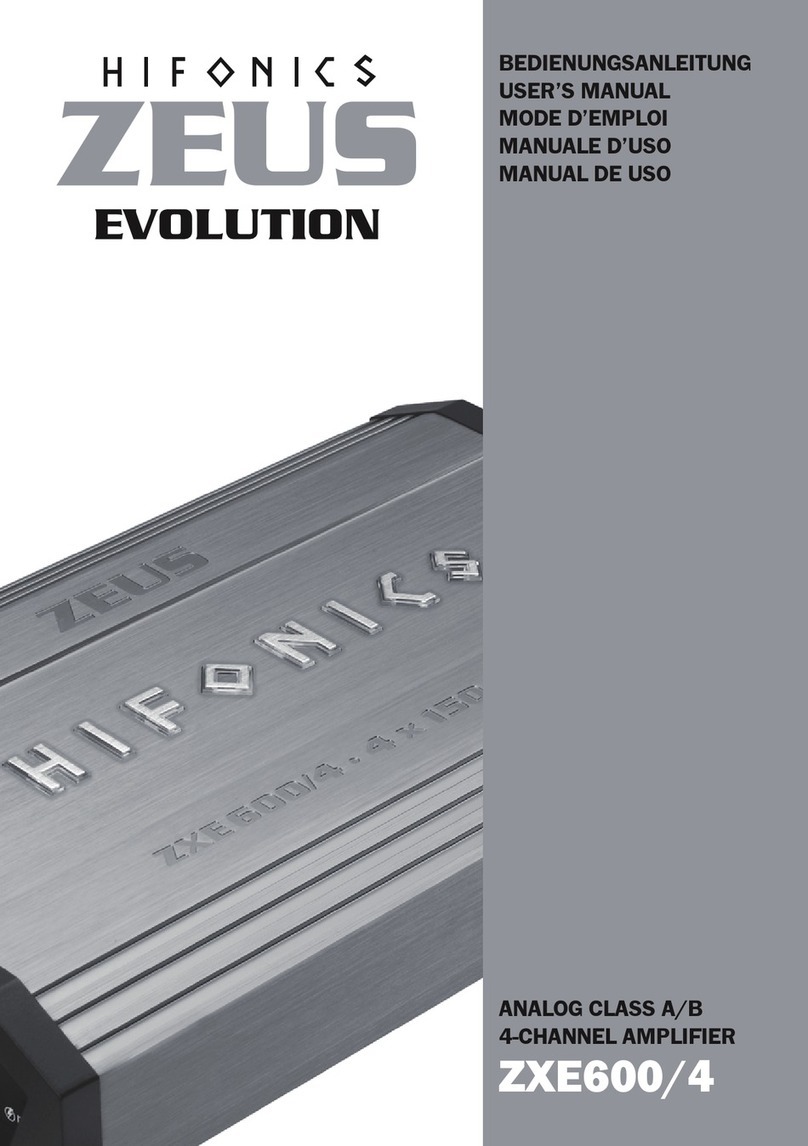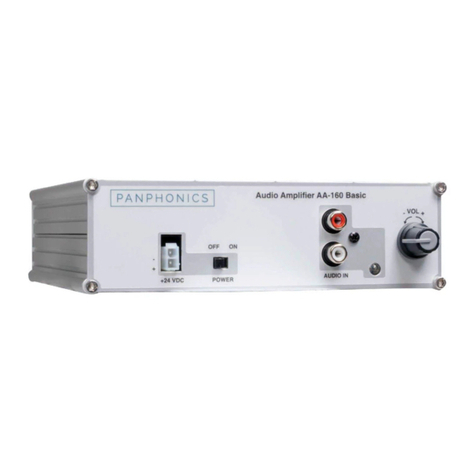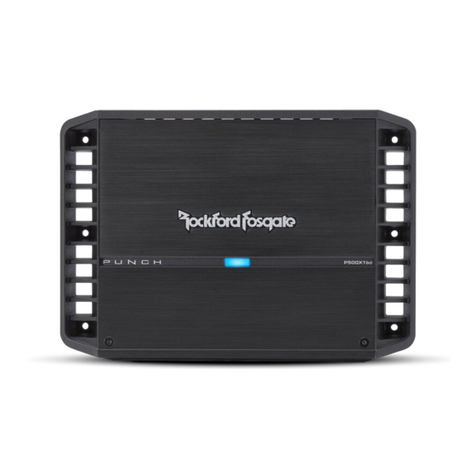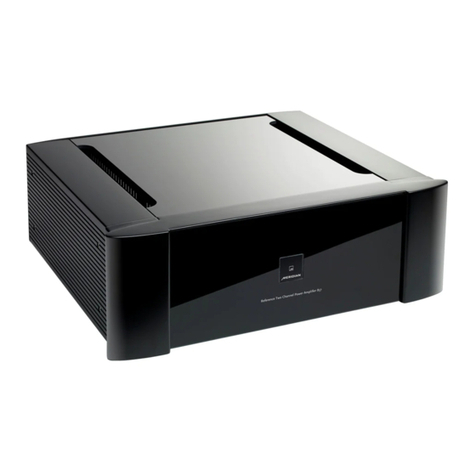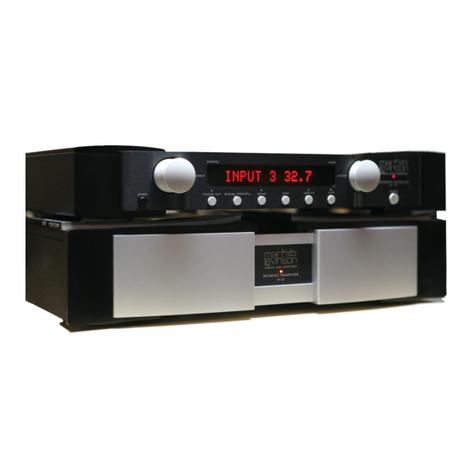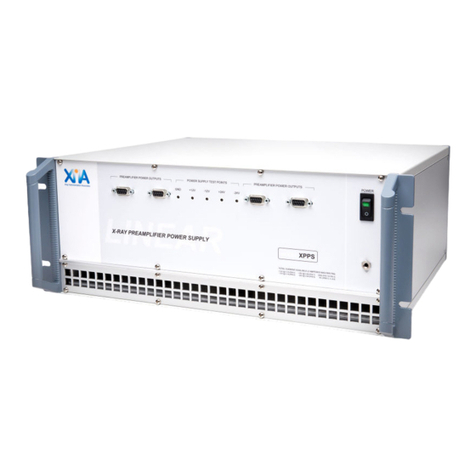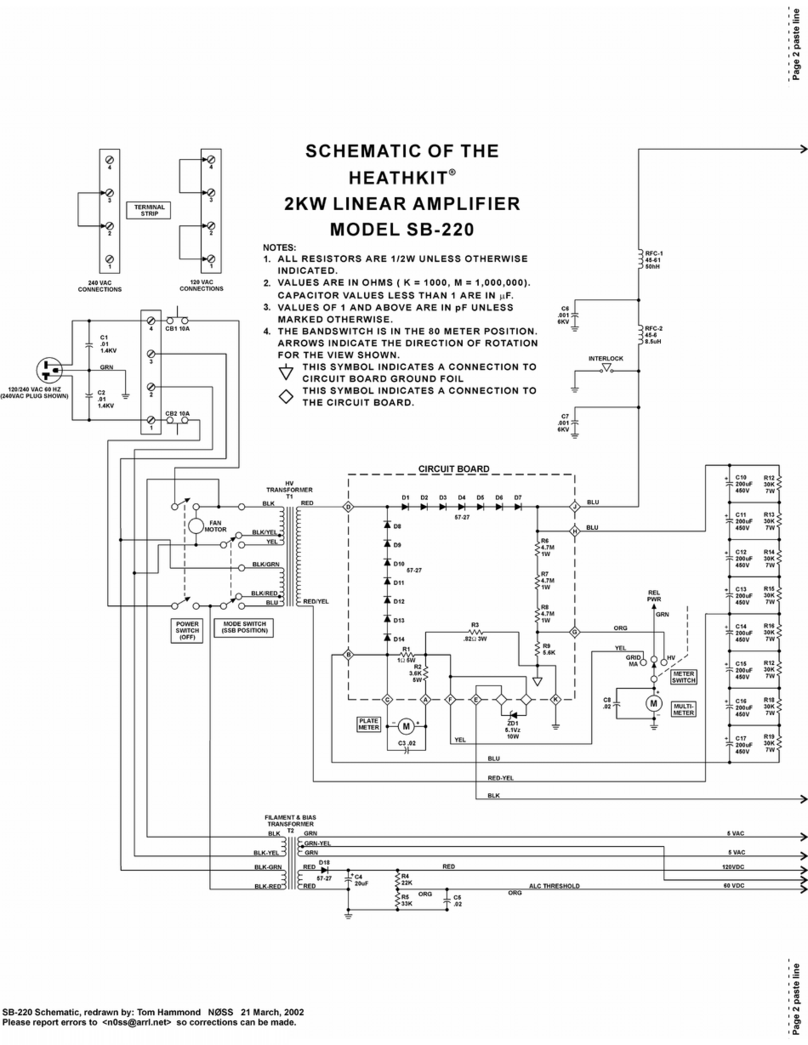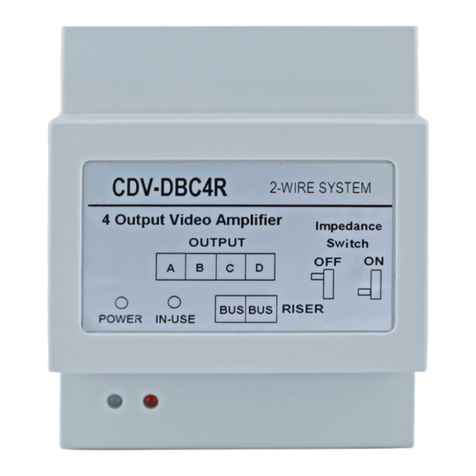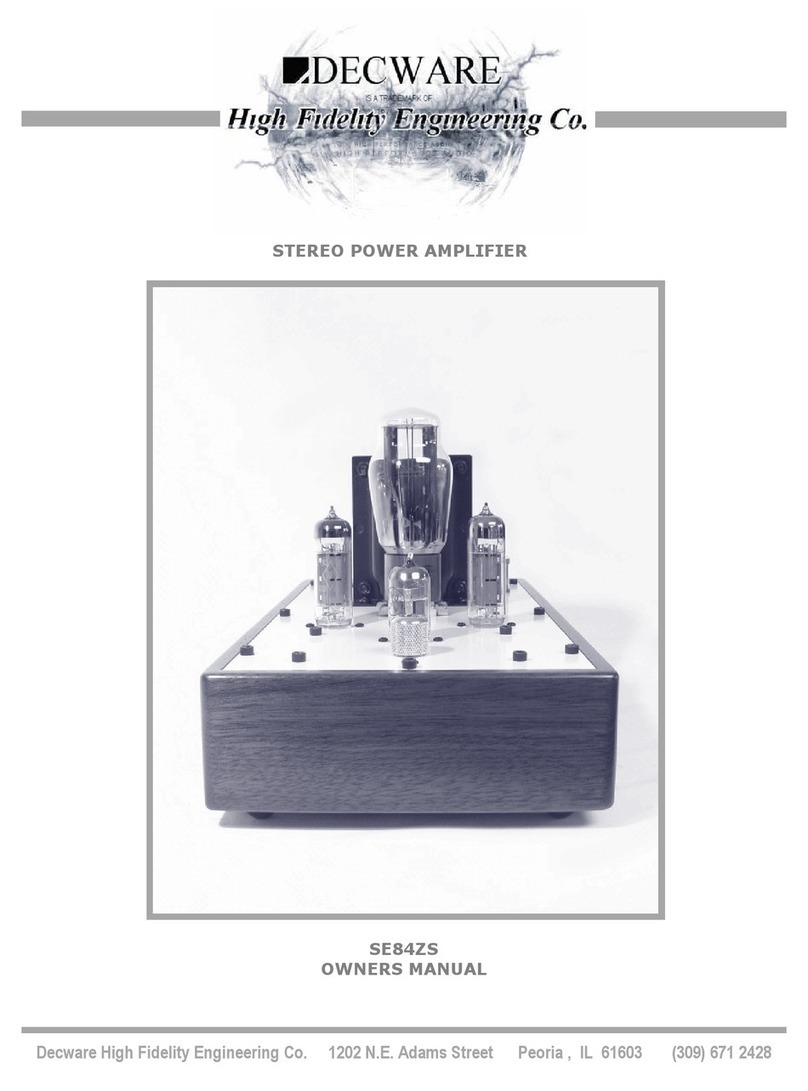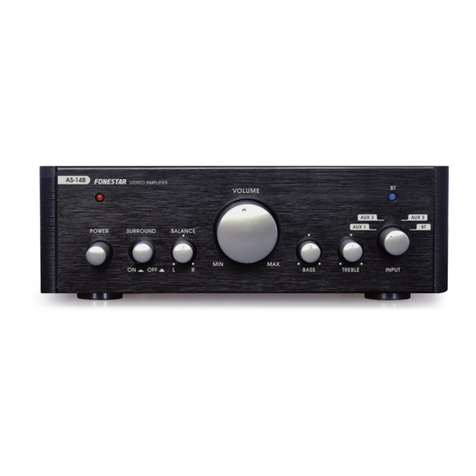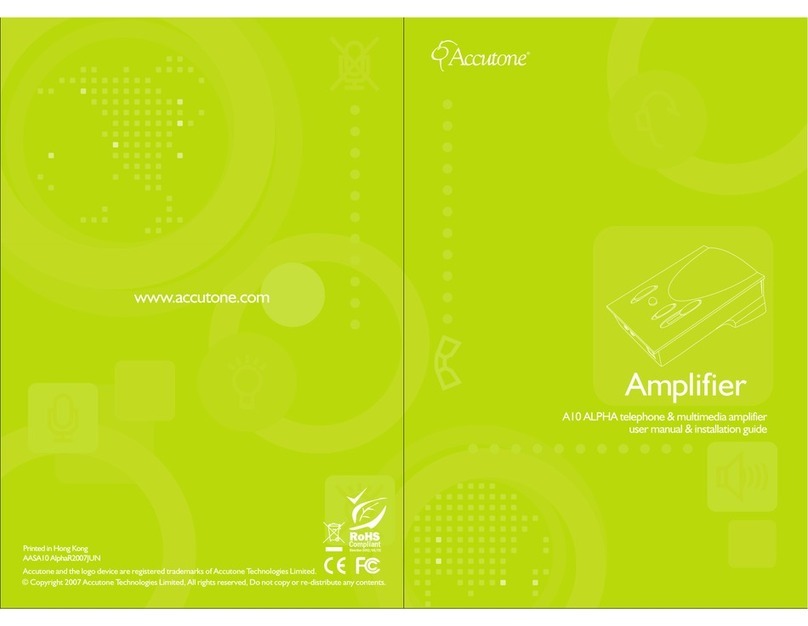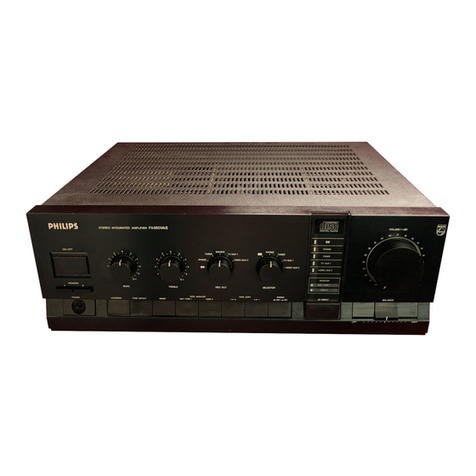
23
IMPORTANT SAFETY INSTRUCTIONS
1. Read these instructions.
2. Keep these instructions.
3. Heed all warnings.
4. Follow all instructions.
5. Do not use this apparatus near water.
6. Clean only with a dry cloth.
7. Do not block any ventilation openings. Install in accordance with the manufacturer’s instructions.
8.
Do not install near any heat sources such as radiators, heat registers, stoves, or other apparatus (including amplifiers) that produce heat.
9. Do not defeat the safety purpose of the polarised or grounding-type plug. A polarised plug has two blades with one wider than the other. A grounding
type plug has two blades and a third grounding prong. The wide blade or the third prong are provided for your safety. If the provided plug does not
fit into your outlet, consult an electrician for replacement of the obsolete outlet.
10. Protect the power cord from being walked on or pinched particularly at plugs, convenience receptacles, and the point where they exit from the apparatus.
11. Only use attachments/accessories specified by the manufacturer.
12. Unplug this apparatus during lightning storms or when unused for long periods of time.
13. Refer all servicing to qualified service personnel. Servicing is required when the apparatus has been damaged in
any way, such as power-supply cord or plug is damaged, liquid has been spilled or objects have fallen into the
apparatus, the apparatus has been exposed to rain or moisture, does not operate normally, or has been dropped.
The exclamation point within an equilateral
triangle and "WARNING" are intended to alert
the user to the presence of important
operating or servicing instructions. Failure to
heed the instructions will result in severe
injury or death.
This equipment should be used under the
supervision of an adult
at all times.
The lightning flash with arrowhead symbol,
within an equilateral triangle, is intended to
alert the user to the presence of un-insulated
‘dangerous voltage’ within the product’s
enclosure that may be of sufficient magnitude
to constitute a risk of electric shock to
persons. Terminals labelled as “SPEAKER
OUTPUTS” must be connected to a speaker
cabinet of the designated load (Ω) rating using
an un-shielded two conductor cable for
speaker use at all times during operation.
The “Caution, hot surface” symbol indicates
that the marked item may be hot.
Do not cover or block ventilation openings.
Ensure the apparatus is installed with plenty
of space around the unit (> 6”/12.5cm) as this
apparatus may generate heat under normal
use. This equipment is not intended to be
used on soft support (like beddings, blankets
etc.). This equipment should always be placed
on a flat, stable surface.
To reduce the risk of fire and electric shock do
not expose this apparatus to rain or moisture.
For indoor use only. Do not use in damp
environments, e.g. bathrooms etc.
Do not place objects containing liquids on,
or near the product.
Do not operate this apparatus or connect/
disconnect a power plug whilst hands are wet.
Do not attempt to gain access to
the interior of the product. No user serviceable
parts inside. Refer all servicing to qualified
servicing personnel.
This symbol indicates this product is classified as Waste Electrical and Electronic Equipment (WEEE) in the European Union and should not be discarded
with household waste. Contact your local authority for more information and details of your nearest approved disposal facility.
START UP PROCEDURE
Wait for the light to finish flashing prior to switching on speakers or make sure appliances are muted.
This Orange Amplifier conforms to EN 60065:2014 for Audio, Video and Similar Electronic Apparatus - Safety Requirements. EN50581: Technical
documentation for the assessment of electrical and electronic products with respect to the restriction of hazardous substances. EN 61000-6-3:2007
Electromagnetic compatibility; This equipment has been tested and found to comply with the limits for Class B digital device, pursuant to Part 15 of the
FCC Rules. These limits are designed to provide reasonable protection against harmful interference in a residential installation. This equipment
generates, uses and can radiate radio frequency energy and if not installed and used in accordance with the instructions, may cause harmful
interference to radio communications.
Where indicated or stated on the product/unit:
This device complies with Part 15 of the FCC rules. Operation is subject to the following two conditions:
1) This device may not cause harmful interference, and;
2) This device must accept any interference received, including interference that may cause undesired operation.
Note: This equipment has been tested and found to comply with the limits for Class B digital device, pursuant to Part 15 of the FCC Rules. These limits
are designed to provide reasonable protection against harmful interference in a residential installation. This equipment generates, uses and can radiate
radio frequency energy and if not installed and used in accordance with the instructions, may cause harmful interference to radio communications.
However, there is no guarantee that interference will not occur in a particular installation. If this equipment does cause harmful interference to radio or
television reception, which can be determined by turning the equipment off and on, the user is encouraged to try and correct the interference by one or
more of the following measures:
- Reorient or relocate the receiving antenna.
- Increase the separation between the equipment and receiver.
- Connect the equipment into an outlet on a circuit different from that to which the receiver is connected.
- Consult the dealer or an experienced radio/TV technician for help.
Note: Changes or modifications not expressly approved by Orange Music Electronic Company Ltd. could void the user's authority to operate the
equipment.
For customers in Canada: Where indicated or stated on the product/unit: This Class B digital apparatus complies with Canadian Interference Regulations
CAN ICES-3(B)/NMB-3(B).
MONO INPUT - MONO OUTPUT
MONO INPUT - STEREO OUTPUT
Connect a single pickup guitar to
Channel A for shimmering
harmonics and subtle compression.
Alternatively, use Channel B for an
uncoloured, flat response.
Connect a single pickup guitar to Channel
A for shimmering harmonics & subtle
compression. Alternatively, use Channel B
for an uncoloured, flat response.
Using a patch lead to 'jumper' FX
Send A to FX Return B routes
Channel A's signal to both outputs.
This also allows the on-board
Reverb to run in stereo.
Individual Balanced XLR Outputs for
each channel connect to your P.A.
mixing console or recording interface
for total control over your mix.
For a simple, mono stage setup,
connect the Line Ouptut jack to a
powered monitor. Adjust the level
with the Line Volume control.





